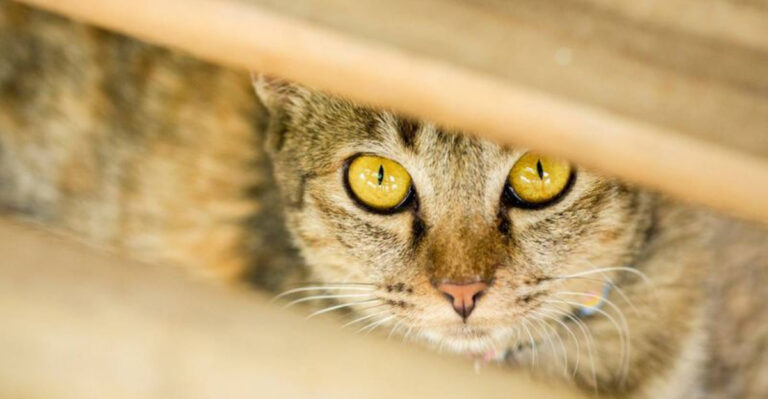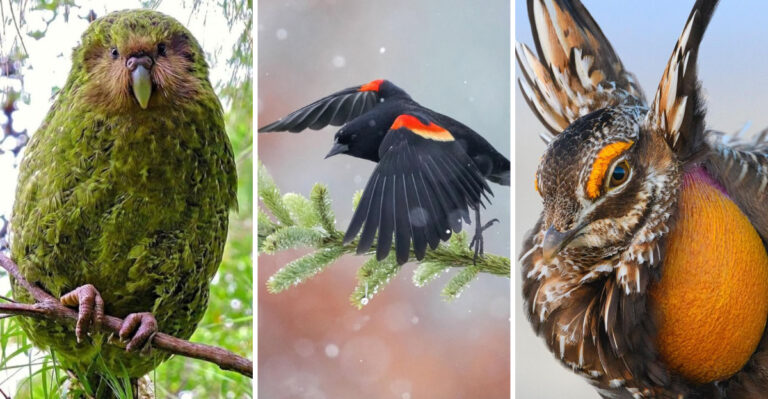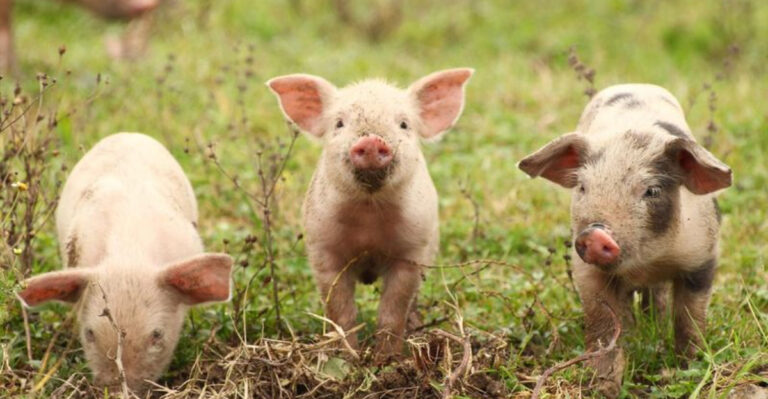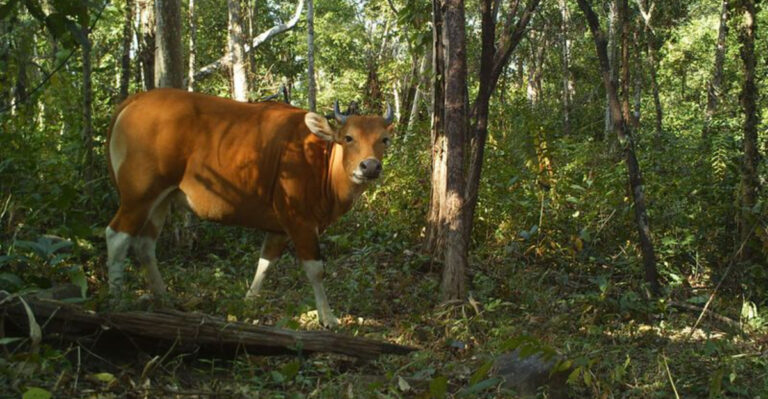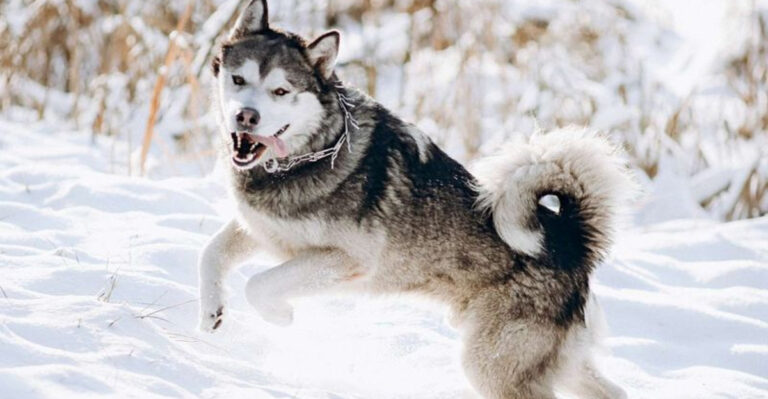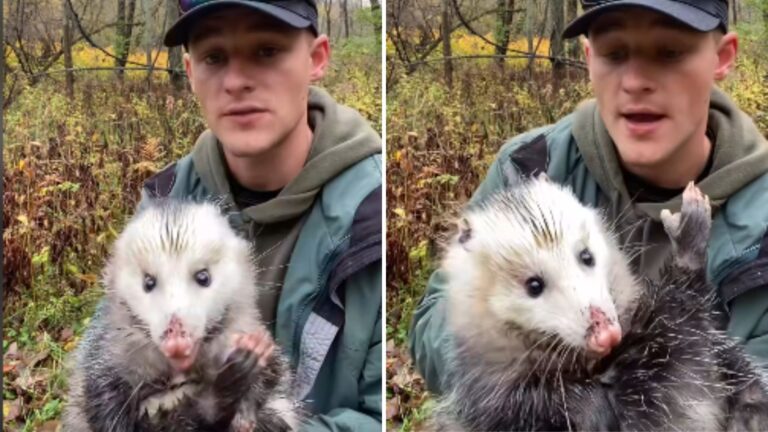7 Most Dangerous Animals In The World For Humans And 7 That Simply Love Us
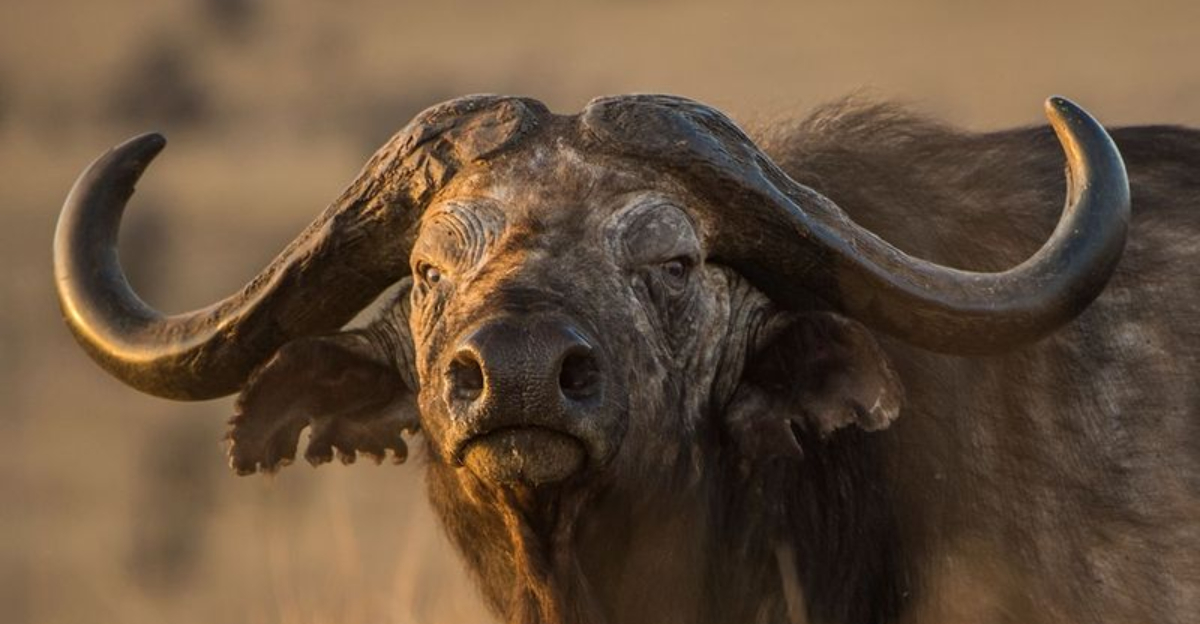
The animal kingdom is filled with creatures both fascinating and fearsome. While some animals pose serious threats to human life, others have evolved alongside us as companions and friends.
Ever wondered which animals you should avoid at all costs and which ones might just become your best buddies? This guide explores the creatures that view humans as either prey or pals.
1. Mosquitoes: Tiny Terrors
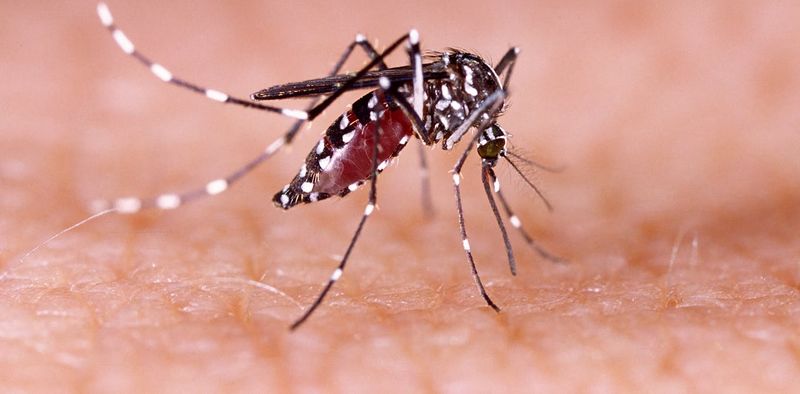
The deadliest animal on Earth isn’t massive or equipped with sharp teeth. Mosquitoes kill more humans annually than any other creature by transmitting diseases like malaria, dengue fever, and Zika virus.
These bloodsucking insects cause over 700,000 deaths each year. Their ability to breed rapidly and adapt to different environments makes them nearly impossible to eliminate completely.
2. Box Jellyfish: The Silent Assassin
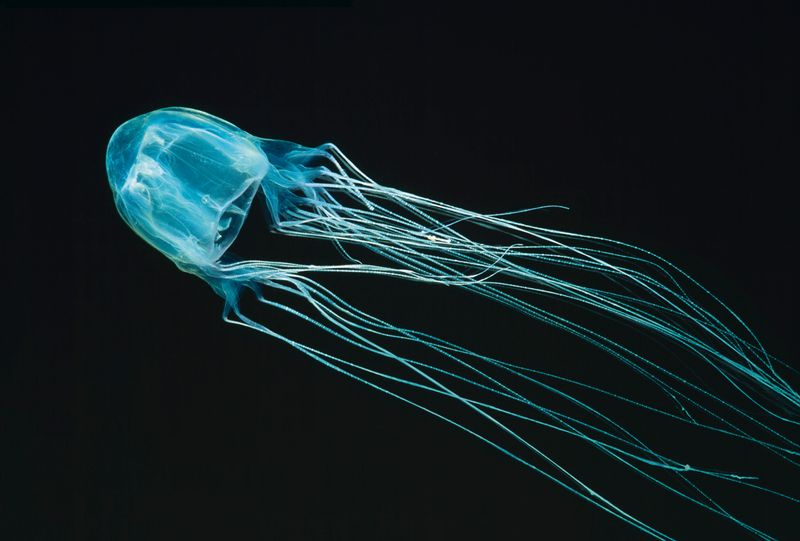
Lurking in the waters of the Indo-Pacific, box jellyfish possess venom so potent it can kill a human in minutes. Their nearly invisible bodies make them particularly dangerous to swimmers. Each tentacle contains millions of microscopic dart-like stingers.
When triggered, they inject venom that attacks the heart, nervous system, and skin cells simultaneously, causing excruciating pain and potentially fatal cardiac arrest.
3. Saltwater Crocodiles: Ambush Masters
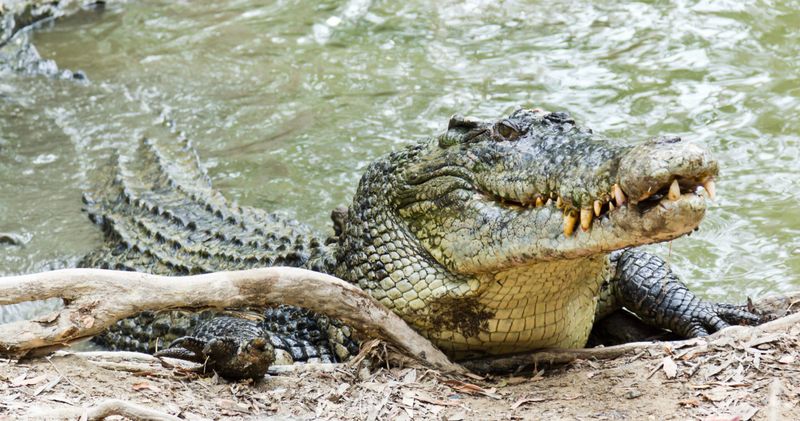
Saltwater crocodiles combine raw power with stealth, making them perfect predators. Growing up to 23 feet long and weighing over a ton, these reptiles can remain motionless for hours before striking.
Their bite force exceeds 3,700 pounds per square inch, the strongest of any animal. Once they grab prey, they perform the infamous “death roll,” dragging victims underwater to drown before consumption.
4. Cape Buffalo: Africa’s Widow Maker
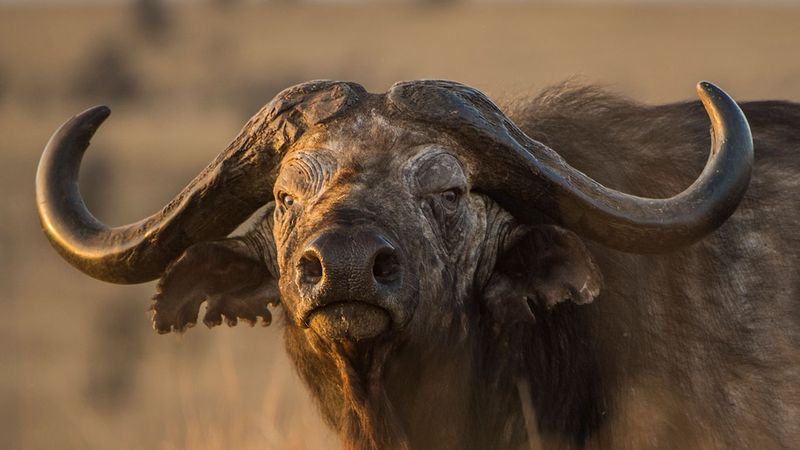
Nicknamed “Black Death” by African hunters, cape buffalo are responsible for more hunter deaths than any other African animal. Unlike other dangerous animals, they actively seek revenge when injured or threatened.
They travel in herds of up to 500, creating a formidable defense force. When wounded, they often circle back to ambush their pursuers, goring them with massive horns and trampling them with their 1,500-pound bodies.
5. Golden Poison Dart Frog: Deadly In Small Packages
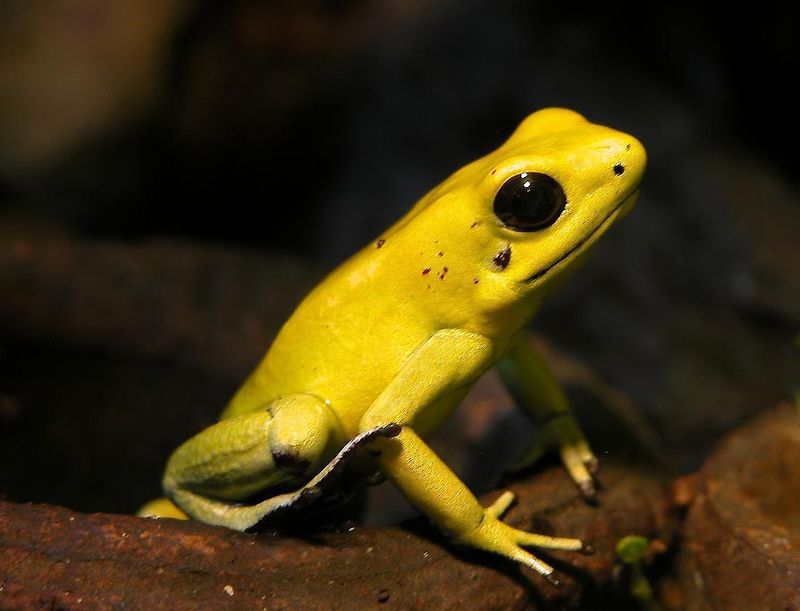
Don’t let its vibrant yellow color and tiny size fool you. This frog contains enough toxin to kill 10 grown men, making it one of the most poisonous vertebrates on Earth. Native to Colombia’s rainforests, these frogs don’t inject venom like snakes.
Instead, their skin secretes batrachotoxin, which prevents nerves from transmitting signals, leading to heart failure. Indigenous tribes have used this toxin on blowgun darts for centuries.
6. Great White Sharks: Misunderstood Predators
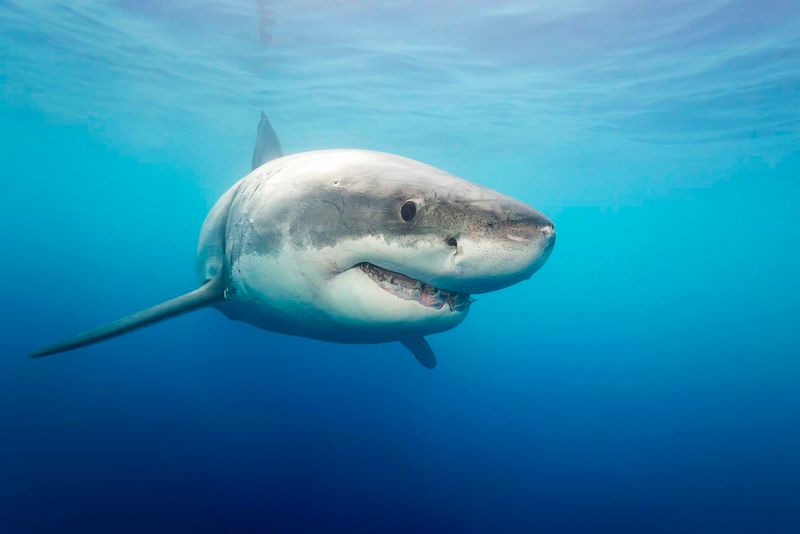
Despite their fearsome reputation amplified by movies like “Jaws,” great white sharks rarely target humans intentionally. Most attacks occur when sharks mistake swimmers for seals or other natural prey.
Armed with multiple rows of serrated teeth and powerful jaws, they can detect a single drop of blood in 25 gallons of water. While dangerous, they’re responsible for only 5-10 attacks annually worldwide, with most victims surviving.
7. Asian Giant Hornets: Flying Nightmares
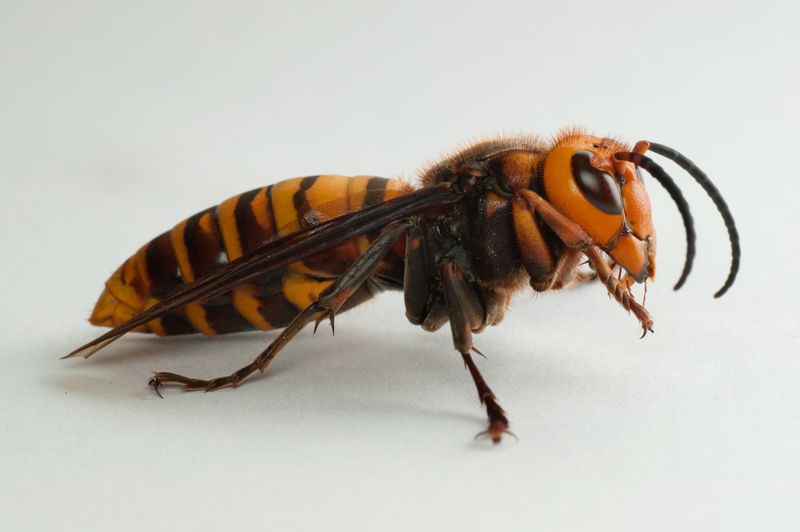
Recently nicknamed “murder hornets” in North America, these insects pack a truly terrifying punch. Their stingers deliver a venom containing eight different compounds, each with a specific painful purpose.
Growing up to 2 inches long, they can sting repeatedly unlike honeybees. In Japan, they kill up to 50 people annually, with victims describing the sting as feeling like “hot metal driving into skin.” Their mandibles can even decapitate honeybees.
8. Dogs: Our Oldest Companions
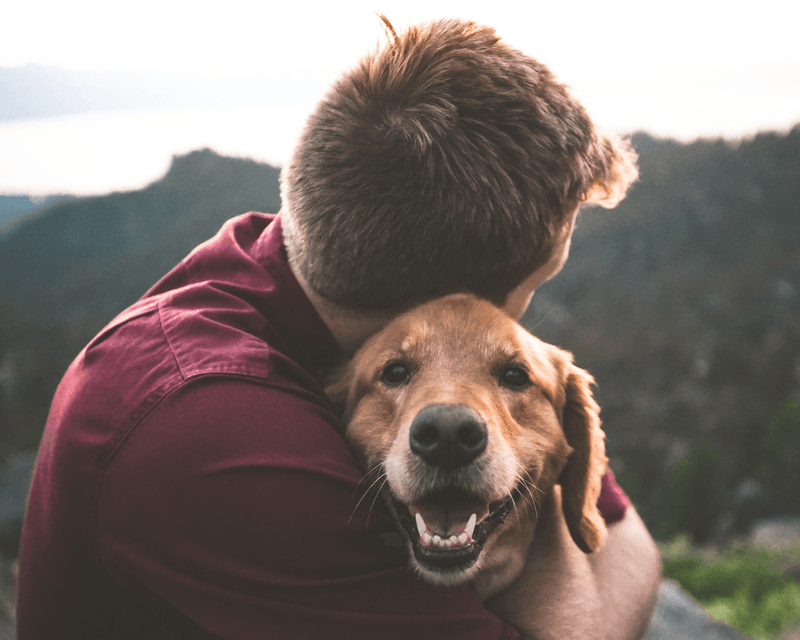
From wolves to beloved pets, dogs have evolved alongside humans for over 30,000 years. Their emotional intelligence allows them to read human facial expressions and understand pointing gestures, something even chimpanzees can’t do.
Studies show dog owners experience reduced stress levels and lower blood pressure. The bond goes beyond companionship – dogs have saved countless human lives as service animals, search-and-rescue workers, and loyal protectors throughout history.
9. Dolphins: Ocean’s Friendly Geniuses
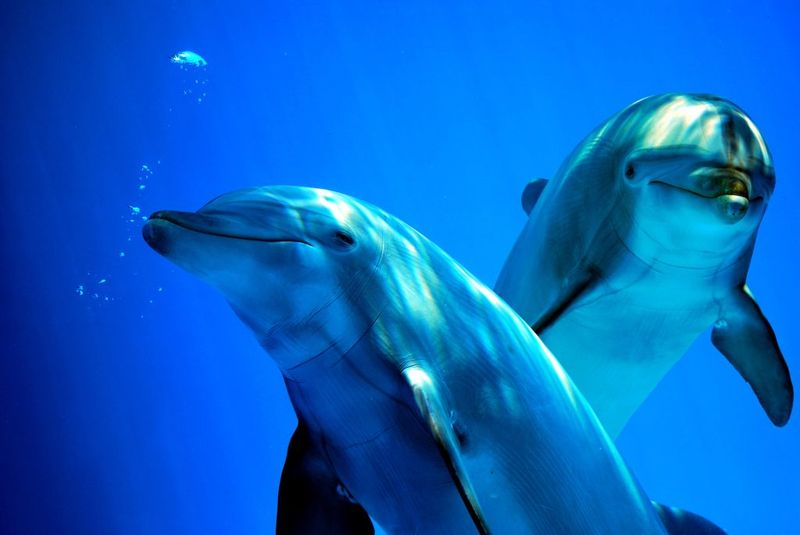
Dolphins possess remarkable intelligence coupled with natural affinity for humans. Throughout history, stories abound of dolphins guiding ships through dangerous waters and protecting swimmers from sharks. Their brain-to-body ratio is second only to humans.
They recognize themselves in mirrors, use tools, and develop complex communication systems. Many marine biologists believe dolphins actively seek human interaction out of genuine curiosity and social interest.
10. Elephants: Gentle Giants With Long Memories
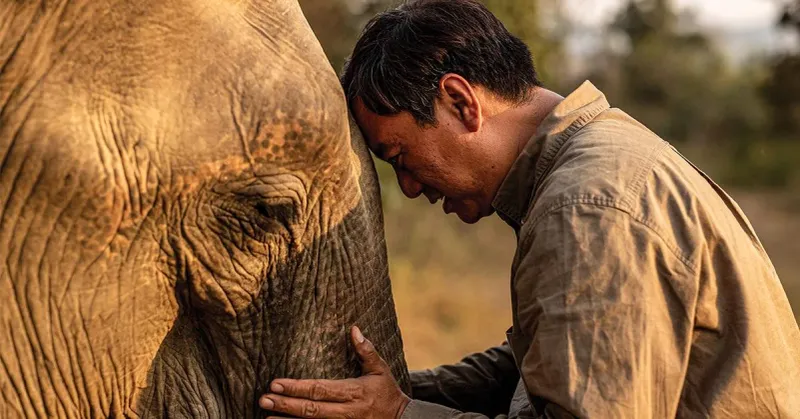
Despite their enormous size, elephants show remarkable gentleness toward humans they trust. Their emotional intelligence rivals primates, with documented cases of elephants remembering specific humans for decades.
They mourn their dead, comfort distressed herd members, and recognize themselves in mirrors. Elephants working alongside humans in Asia demonstrate incredible cooperation, understanding over 100 verbal commands and forming deep bonds with their caretakers.
11. Rats: Misunderstood Heroes
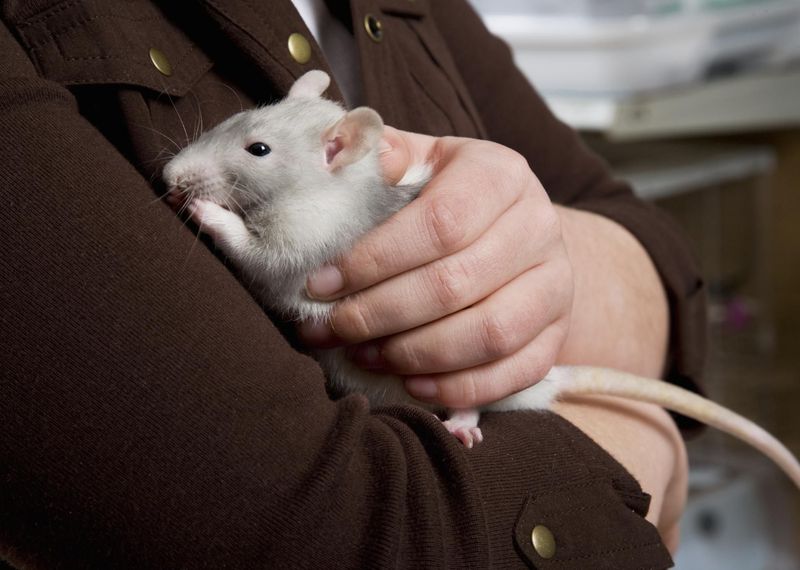
Beyond their unfair reputation, rats display remarkable affection toward human caretakers. Domesticated rats actively seek human interaction, recognizing their owners’ voices and responding to their names.
Their intelligence makes them easy to train, with some organizations using rats to detect landmines and tuberculosis. They’re empathetic creatures too – studies show rats will free trapped companions even when offered food as an alternative, demonstrating selfless behavior.
12. Horses: Partners Through History
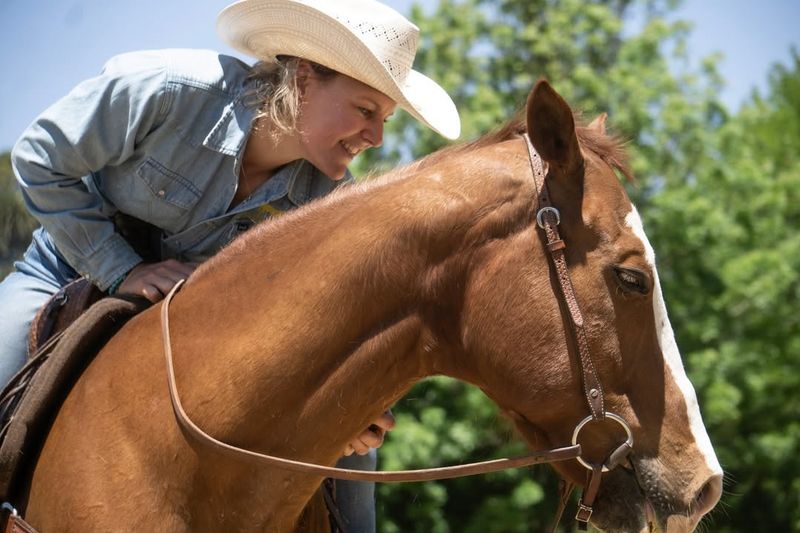
Humans and horses share a 6,000-year partnership that shaped civilization. These majestic animals possess an uncanny ability to sense human emotions, often mirroring their handlers’ emotional states. Equine therapy helps people with physical disabilities and emotional trauma.
Horses remember specific humans for years, recognizing voices and faces even after long separations. Their loyalty has carried soldiers through battles and pulled farmers’ plows through countless harvests.
13. Capybaras: Nature’s Friendliest Creatures
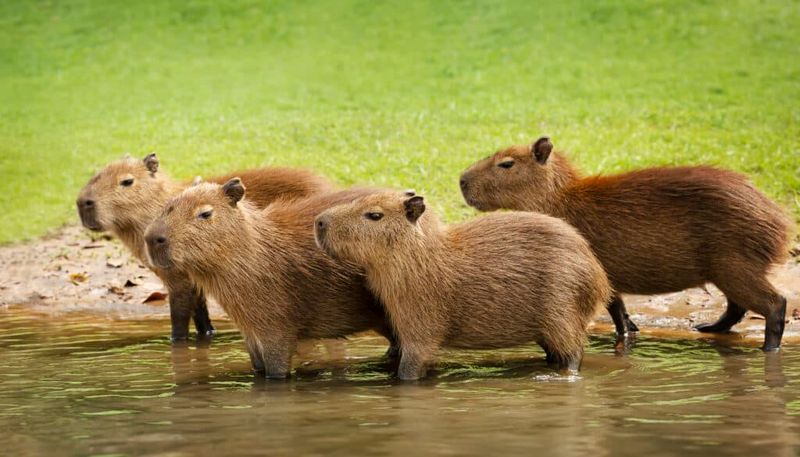
Known as the world’s most chill animals, capybaras get along with virtually everyone. These giant rodents from South America seem to possess an innate friendliness that transcends species barriers.
Wildlife photographers document capybaras allowing birds, monkeys, and even predators like caimans to share their space without conflict. In captivity, they form strong bonds with caretakers, enjoying gentle scratches and following humans like loyal puppies.
14. Rabbits: Fluffy Bundles Of Affection
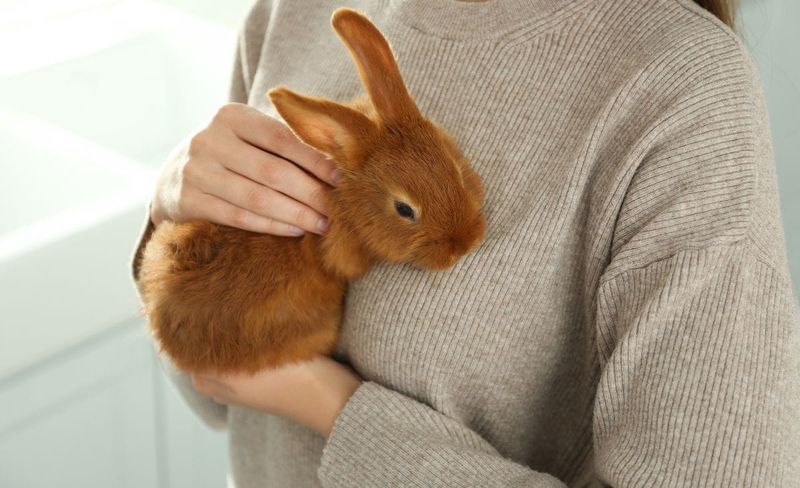
When properly socialized, rabbits form deep attachments to their human families. These quiet companions communicate their affection through subtle behaviors like gentle head nudges, flopping down nearby, and soft teeth purring. Rabbits recognize individual humans by scent and voice.
They greet trusted people with excited hops called “binkies” and follow them from room to room. Many rabbit owners report their pets coming when called and responding to their names.

